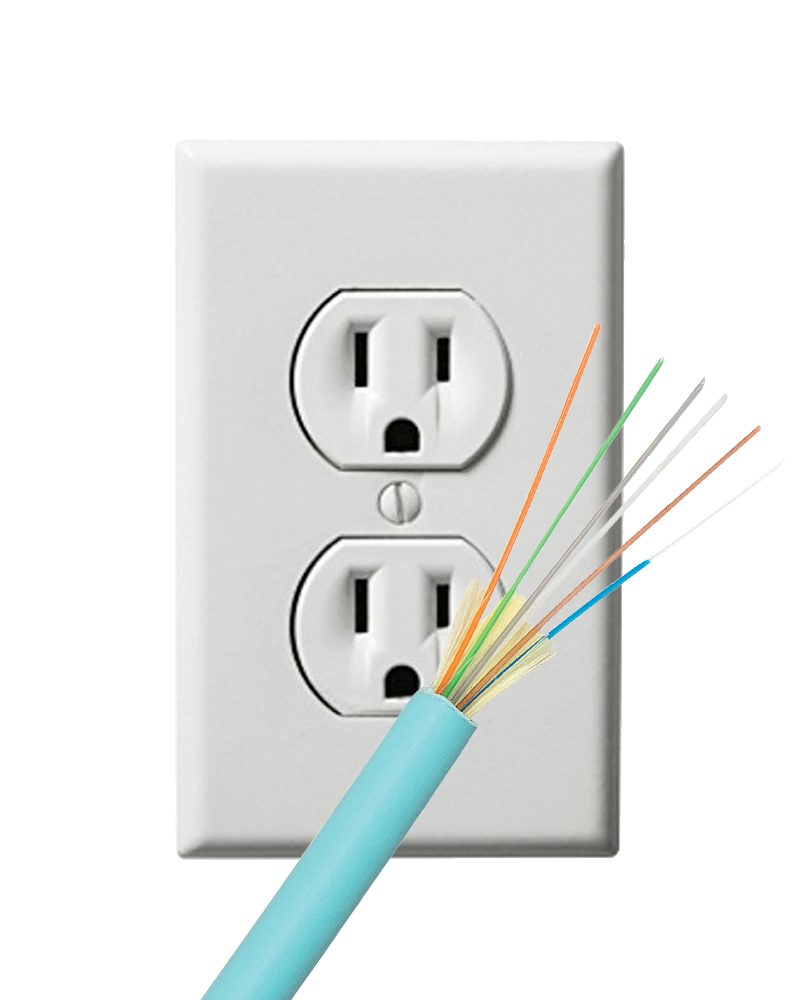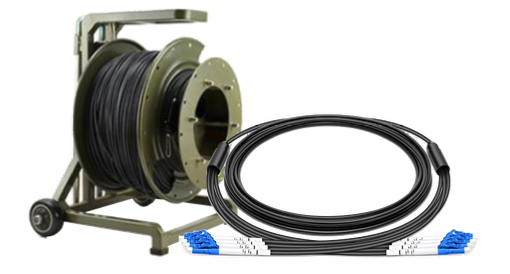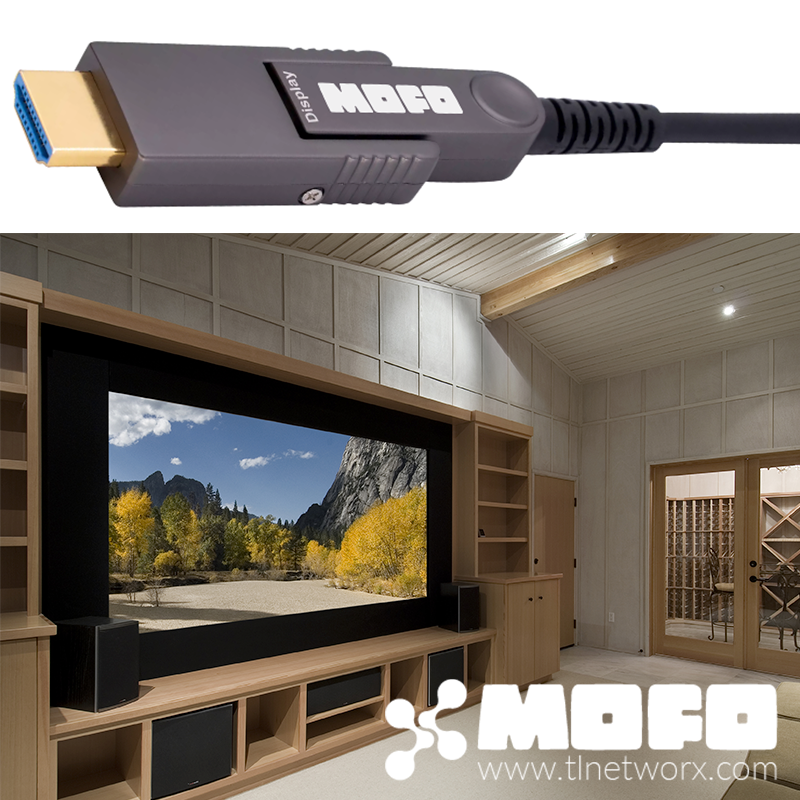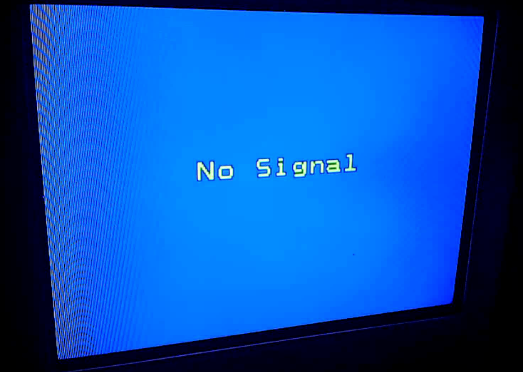Distributing Power with Fiber: Technologies and Applications

Fiber optic cabling does not transmit electricity and therefore won't power connected devices -- it's an issue many integrators must grapple with when converting their projects from copper to fiber. And while there are several important benefits to not transmitting power, dealing with power distribution for connected devices can be a challenge.
This article looks at the whys, whats and hows of dealing with power in fiber-based installations.
Why Fiber Doesn't Transmit Voltage
Fiber optic cabling is constructed of glass and/or plastic polymers, rendering it incapable of transmitting voltage. Basically, a fiber cable's core construction is similar to the insulators used in electricity transmission -- the same insulators that keep voltage safely contained within copper-based cables and power grid hardware. That means fiber won't transmit current even if it comes in direct contact with an electrical source.
The Benefits of Being Nonconductive
Because fiber won't transmit electricity, it also won't be impacted by several issues that plague copper-based installations:
- Lightning strikes and power surges. Fiber is immune to lightning activity and power surges, as are the devices connected to the ends of the fiber (at least via the fiber path).
- Static electricity. Fiber is immune to static electricity and won't cary a static surge from one device to another.
- Radio frequency (RF) and electromagnetic (EM) interference. Fiber is immune to the noise that commonly disrupts copper-based signals (such as extenders using twisted pair cabling).
- Cable crosstalk. Unlike twisted pair cables, fiber cables can be "trunked" together using velcro or cable ties. Signals from the cables in close proximity to each other won't bleed from one cable to the next, thereby disrupting signal flow.
- Varying ground potentials. Fiber electronics don't rely transmitting grounding voltage from one point to the other and thereby won't have interference issues or picture stability issues (such as image rolling and/or static).
Basically, fiber infrastructures are immune to the electrical and interference issues that plague traditional copper installations.
Wiring for Power
There is bulk cabling that supports both fiber and power simultaneously in the same cable. Two products built with Cleerline SSF™ technology are available from TechLogix:
- Multimode OM3 + 18 AWG two conductor (part #: 218AWG2OM3MDP-B)
- Single mode OS2 + AWG two conductor (part #: 218AWG2OS2MDP-B)
Both products feature a zip-cord siamese construction with one cable containing two strand breakout fiber and the other cable containing 18 AWG two conductor copper.
Using these cables, one can distribute signals over fiber while simultaneously powering devices.
 |
|
Fiber + Power Siamese Cable Construction |
Powering Devices
And while it is possible to run a siamese fiber + power cable, it's far more common to rethink (and redeploy) how you power devices.
Fiber-based extenders require power on both the transmitter and receiver; however, these devices can often be powered in numerous ways. For example, the TechLogix TL-FO-HD, an HDMI over fiber extender, can be powered by either an AC outlet or the USB port from a connected display.
 |
| The TechLogix TL-FO-HD can be powered via AV or USB |
Additionally, many POE and POE+ devices can be powered by an inline media converter. In this application, a media converter is placed on the end of the fiber run. It both converts the fiber signal to twisted pair and injects voltage to power the connected device. The media converter must be powered, but the connected device (such as a network switch or camera) does not need power.
In summary, there are several ways to deal with power in a fiber-based installation. Most of the time, it's simply a matter of rethinking how you run cable and where you place devices. However, there are new products such as siamese cable that offer an innovative solution to a familiar problem.




Comments